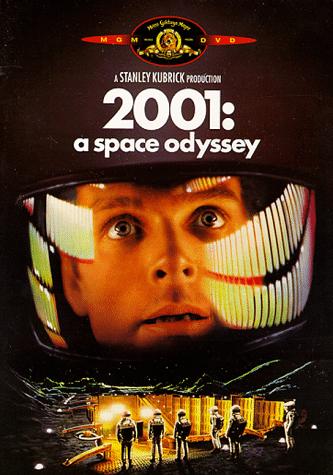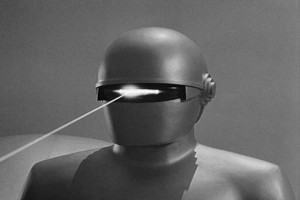Have you heard about the upcoming Hollywood blockbuster? It portrays science as it really is — with its incremental setbacks and accomplishments.
There’s no mad scientist or comic book ending. Instead, it’s a nail-biting underdog story. A few scientists tenaciously fending off a looming crisis, maybe it’s climate change, but it could be infectious disease or threatened rainforests.
It gets even better when the final credits roll. People exit the theater with a sense of what scientists do and why they’re needed now more than ever. Perhaps a child wonders how she too can someday use her wits to save the world.
OK. This movie isn’t coming out anytime soon. But look for it in the years ahead. On Nov. 19, in a gleaming office building on L.A.’s Avenue of the Stars, more than 300 Hollywood pros and leading scientists, including Berkeley Lab Director Steve Chu, launched a National Academy of Sciences’ program designed to bridge the gap between the movie set and the science lab.
The Science and Entertainment Exchange will start with a small Hollywood office and a simple premise: match movie makers with science experts. Need help designing an accurate insect model? Call the Exchange. Does your hero need to be an expert on plate tectonics? Call the Exchange. In this way, real science could get some much-needed screen time. And Hollywood could connect with scientists whose research on robotics, genomics, cosmology, or the human brain make the latest computer-generated special effect look tame.
“By building strong connections between the entertainment and science communities, we’re hoping to provide an important service to both Hollywood and the viewing public,” said National Academy of Sciences president Ralph Cicerone.
Science and the entertainment industry are seldom in sync. Film clips shown at the event’s kickoff revealed actor after actor spouting scientific gibberish. Closer to home, Ang Lee’s Incredible Hulk, which was filmed at Berkeley Lab in 2002, portrayed the Gammasphere emitting gamma rays, not detecting them. Anyone interested in science can probably name their favorite Hollywood gaffe, but Cicerone stressed that they haven’t come to L.A. to complain or dampen creativity.
“We want to instead get inspired by you and develop a partnership,” said Cicerone. “Most Americans report that they don’t know a scientist personally. They don’t know their passions, failures, and triumphs. Amazing human stories are being missed.”

Movies have sparked interest in science in the past. The Science and Entertainment Exchange hopes to help the entertainment industry inspire a new generation.
How wide is the gulf? “Outside of my doctor, I don’t ever really talk to a scientist,” said the event’s host Seth Macfarlane, creator of the Family Guy TV show. The satirist then got serious, acknowledging the entertainment industry’s oversized impact on kids.
“Are they going to be rock stars and rappers, or will they propel us out of the solar system,” said MacFarlane, who hopes for the latter. “No one will get people excited about science unless we get them excited. Science needs our voice, our soapbox, our reach, and our influence.”
Speaking to the audience after lunch, Chu offered an unfinished storyline in urgent need of a good ending: Earth imperiled by climate change. Referring to the hit movie Titanic, he depicted a ship (the planet) steaming toward a gigantic iceberg (global warming). The crew could begin to turn the ship today and only receive a glancing blow, or they could ignore the hazard and smash head-on into the iceberg.
“This story really doesn’t have an ending yet, and we want the entertainment industry to help us with this,” said Chu. To underscore what’s at stake, he showed a photograph taken from the 1968 Apollo 8 mission, which depicts a beautiful and inviting Earth rising above a bleak moon landscape. The message was simple: Earth is all we have.
“There is nowhere else to go, and we need your help in communicating this message — how important it is,” said Chu. “We need your help in figuring out Titanic: the Sequel.”
Producer Janet Zucker and her husband Jerry Zucker (co-director of Airplane) were also on hand. The couple, who helped organize the initiative, began their work in science activism after their daughter was rejuvenated with insulin when she was diagnosed with diabetes.
“We realized that this gift was given to us by science,” said Janet Zucker. Added Jerry, “We’ve found that scientists are just like you and me, except they all got perfect scores on their SATs. We would love to find a way to use the power of Hollywood to educate and to create positive scientific images.”
And what about the next generation? Can Hollywood inspire kids to not just watch TV, but also learn how one works out of curiosity, or pursue science as a career? Consider the story of a 13-year-old boy who saw 2001: A Space Odyssey soon after it was released in 1968. Stirred by the film’s creepy futurism, Rodney Brooks, now an MIT professor, went on to help pioneer the fields of robotics and artificial intelligence.
“HAL has been very, very good to me,” said Brooks.
